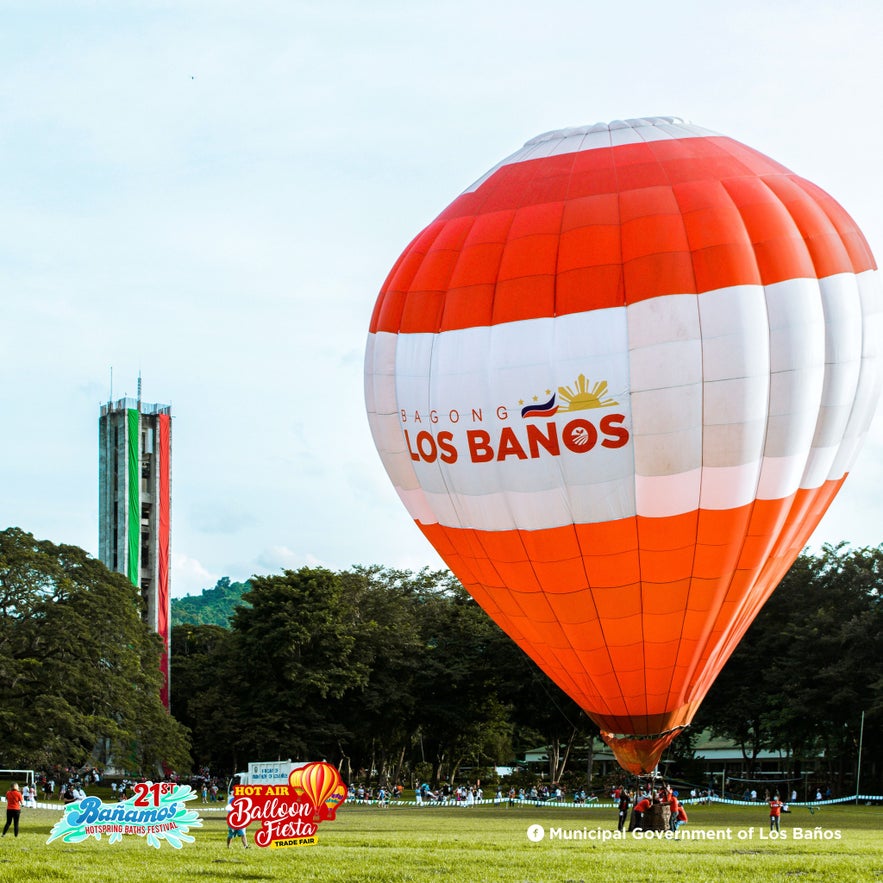
The municipality of Los Baños in Laguna Province is a charming lakeside town nestled at the foot of Mount Makiling, just two hours from Manila City. Known as the "Special Science and Nature City of the Philippines," this university town blends natural beauty with rich academic and wellness traditions, making it a must-visit for nature lovers and curious minds alike.
Surrounded by lush rainforests, hot springs, and the iconic Mount Makiling, the municipality of Los Baños is a top destination for outdoor adventures in the Philippines. Hike up the mountain’s forest trails, explore the Makiling Botanic Gardens, or relax in one of the many therapeutic hot spring resorts that draw locals and tourists to the area year-round.
Beyond its natural attractions, the municipality of Los Baños is home to the University of the Philippines Los Baños (UPLB), a hub of agricultural innovation and environmental science. The nearby International Rice Research Institute (IRRI) also offers tours, giving visitors a unique perspective on the Philippines' role in global food security.
Whether you're on a wellness retreat or exploring eco-tourism in the Philippines, Los Baños offers a peaceful yet enriching experience that pairs beautifully with nearby destinations like Tagaytay City or the heritage towns of Laguna.









